Practical training program designed to prepare for the upcoming regulations
Client
Trinzo Ltd.
Learning objectives
Learners understand what PFASs are and how to prepare for the forthcoming EU regulations in their work.
Client
Trinzo Ltd.
Learning objectives
Learners understand what PFASs are and how to prepare for the forthcoming EU regulations in their work.
Deliverables
SCORM file consisting of four modules and a case study
Tools
Articulate Storyline
Adobe Illustrator
Canva
SCORM file consisting of four modules and a case study
Tools
Articulate Storyline
Adobe Illustrator
Canva
Concept
The course includes four modules focusing on different aspects of the EU regulation.
Pedagogy
The course design follows the principles of Bloom's taxonomy advancing from gaining knowledge to understanding and applying knowledge. The course includes many practical tasks as well as a case study to apply the knowledge into one's work. Learners will then continue to apply that knowledge in their everyday work.
The course includes four modules focusing on different aspects of the EU regulation.
Pedagogy
The course design follows the principles of Bloom's taxonomy advancing from gaining knowledge to understanding and applying knowledge. The course includes many practical tasks as well as a case study to apply the knowledge into one's work. Learners will then continue to apply that knowledge in their everyday work.
Storyboard
The first version of the storyboard was written by the subject matter expert (SME). The storyboard was then revised pedagogically together with the SME to make it engaging and suitable for e-learning.
Look & Feel
Keywords
Informative, informal, engaging, practical, easy to approach
Informative, informal, engaging, practical, easy to approach
Visual design
The visual concept was defined by following the client's brand guidelines. The aim was to make the training feel informative and formal yet still easy to approach.
Two color themes (blue and purple) were created to distinguish the study modules from the case study.
Canva was largely used for sourcing the visual elements, but some custom illustrations were also created.
The visual concept was defined by following the client's brand guidelines. The aim was to make the training feel informative and formal yet still easy to approach.
Two color themes (blue and purple) were created to distinguish the study modules from the case study.
Canva was largely used for sourcing the visual elements, but some custom illustrations were also created.
Narration
A female voice was chosen as the narrator. The narrations were created using ElevenLabs AI tool.
A female voice was chosen as the narrator. The narrations were created using ElevenLabs AI tool.
Development
The modules were built using Articulate Storyline authoring tool.
This tool is great for creating custom elements and allows for the creation of many interactive tasks that enhance the retention of learning.
Four modules and a case study were built inside one course and the user proceeds module by module via a menu. The menu items remain locked until the learner proceeds to the next one.
Below are examples of tasks, reflection points, knowledge checks and a case study.
The modules were built using Articulate Storyline authoring tool.
This tool is great for creating custom elements and allows for the creation of many interactive tasks that enhance the retention of learning.
Four modules and a case study were built inside one course and the user proceeds module by module via a menu. The menu items remain locked until the learner proceeds to the next one.
Below are examples of tasks, reflection points, knowledge checks and a case study.
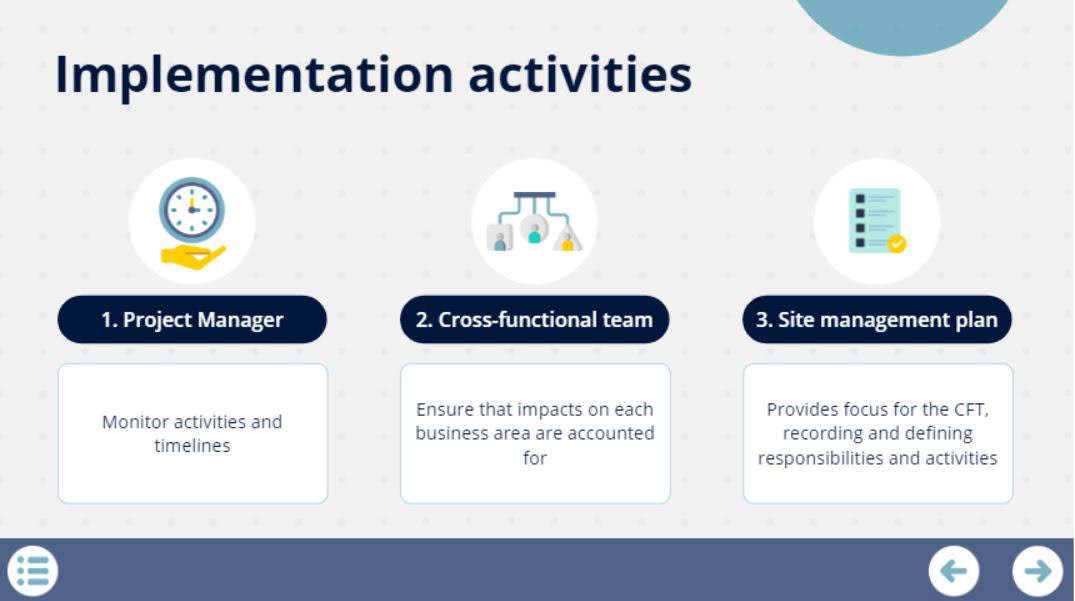
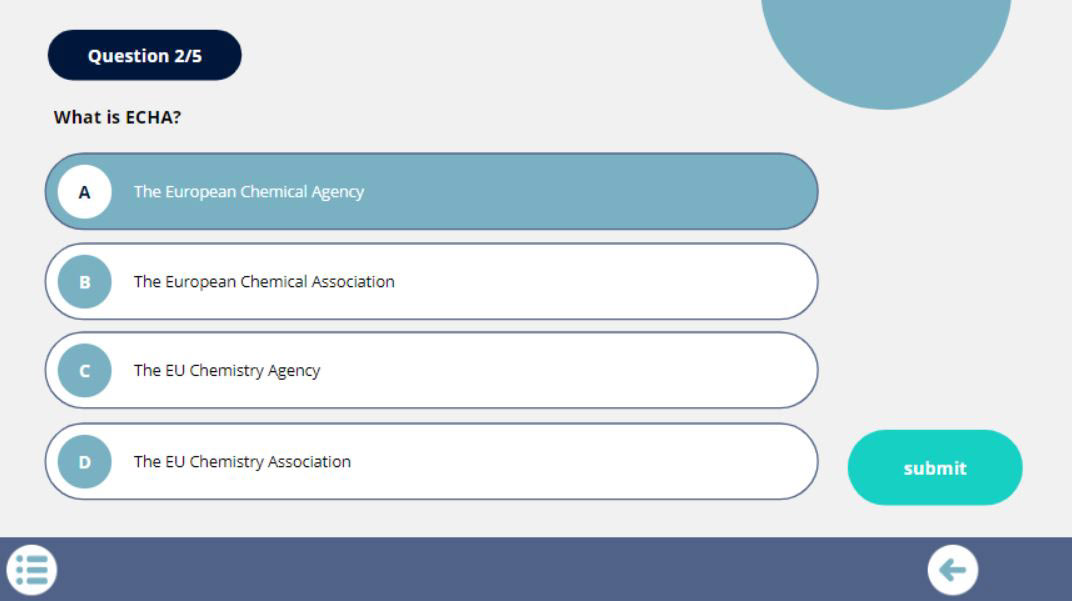
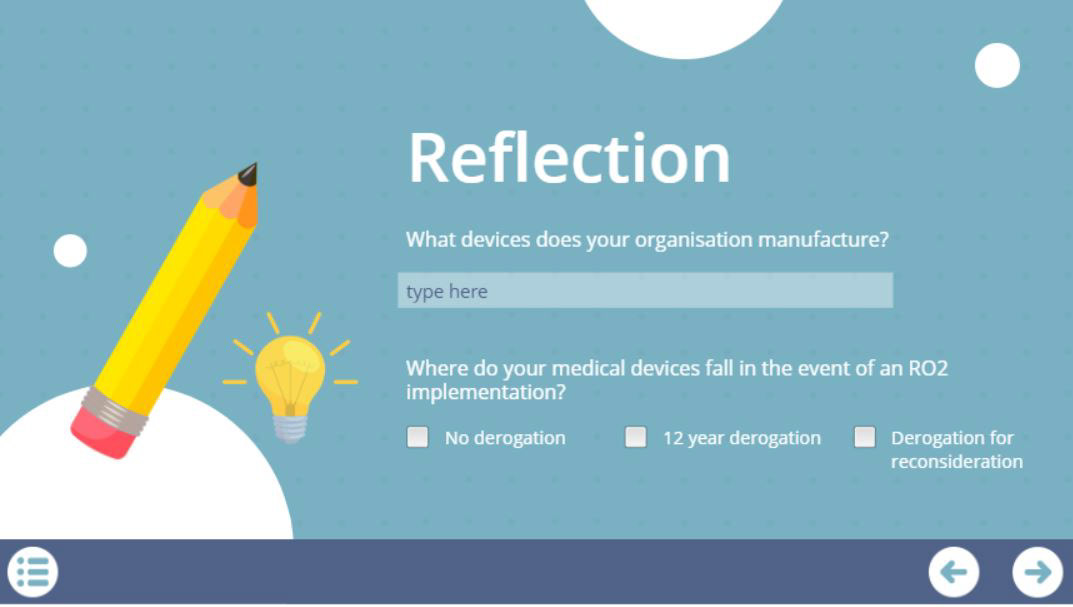
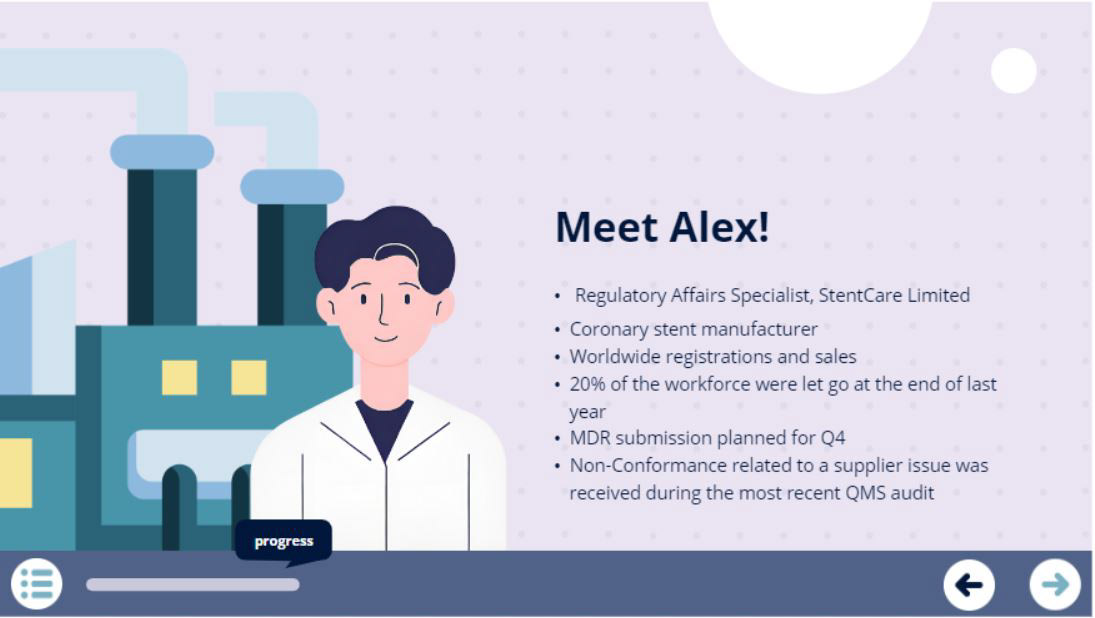
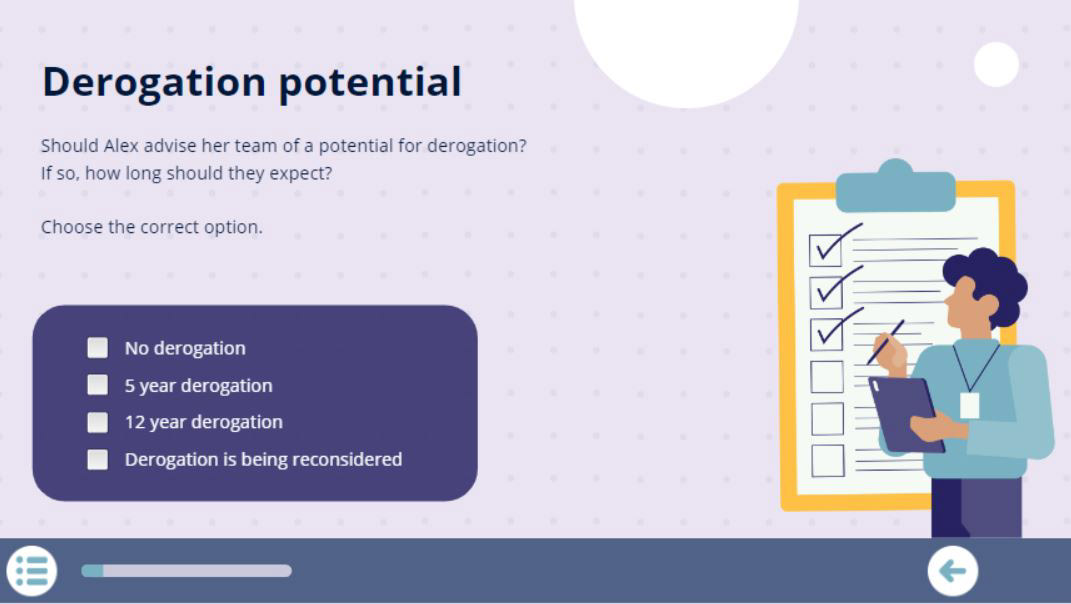
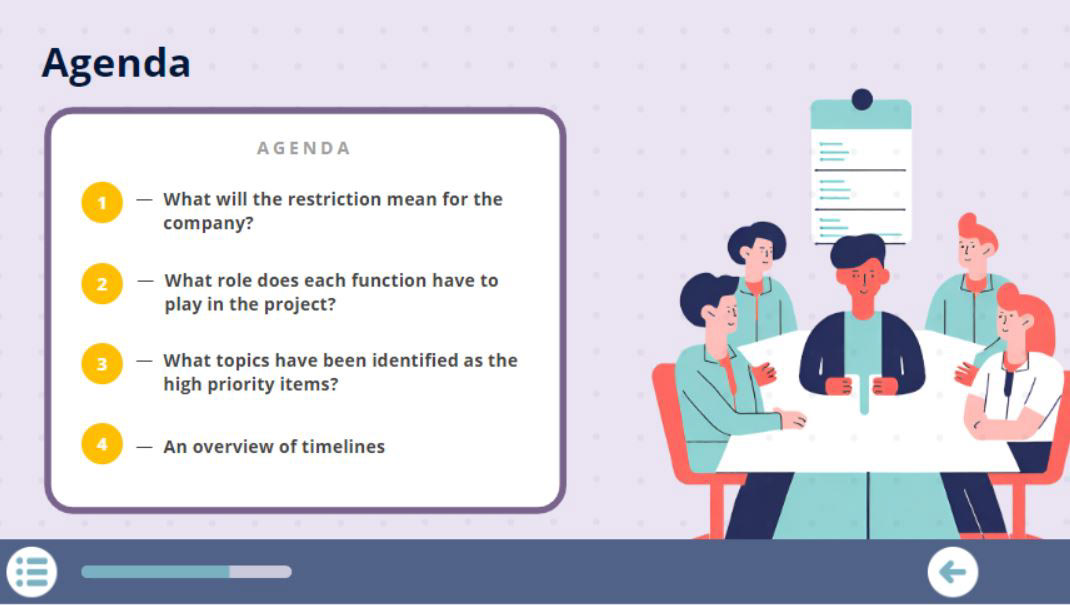
Testing and implementation
Testing
Before final publication the modules were tested by different test users. Amendmends were then made according to their feedback.
Publishing
The course was published in SCORM format and published in an LMS.
Before final publication the modules were tested by different test users. Amendmends were then made according to their feedback.
Publishing
The course was published in SCORM format and published in an LMS.